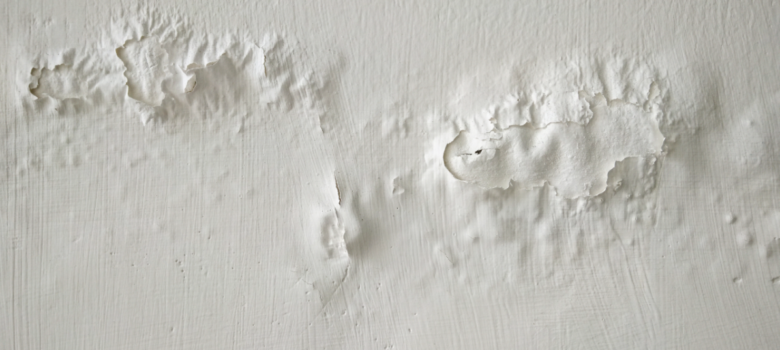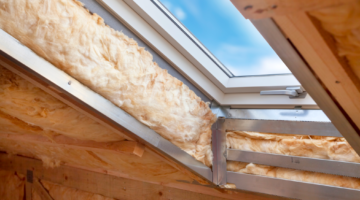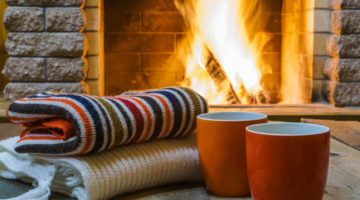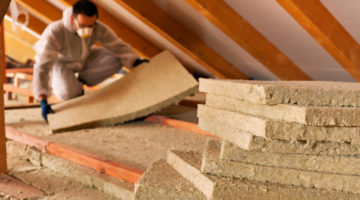
This is a question we get asked a lot. Although insulation is probably the best way of keeping your home warm, it can also encourage the formation of damp. After all that money and effort spent trying to make your home more comfortable, it’s pretty frustrating to find yourself with an attic full of mouldy boxes. Damp and mildew not only look horrible and potentially damage possessions and soft furnishings; they can also lead to some nasty respiratory problems. Why is it that insulation and damp so often go hand-in-hand, and what can you do about it?
Why can insulation cause damp?
As you’ll know, insulation is designed to slow down heat transfer, keeping warm air in and cold air out. However, the more airtight your house is, the less natural ventilation it gets – and airflow is key for maintaining a healthy level of humidity indoors.
What people are often not told by insulation installers is that warm air holds more moisture, and this has got to go somewhere. If insulation means this water vapour cannot escape through walls or ceilings, it sinks into the fabric of the building, or its contents. It is important therefore to counter increased humidity with increased ventilation. Make sure to use extractor fans and/or open windows – especially when you’re doing something that creates a lot of steam, such as showering or cooking.
Damp after loft insulation
If you only use your attic for storage, you will probably have decided to insulate the floor of the space, rather than the roof. This is because there is very little point paying to heat your attic – and the nature of heat rising means that a lot of heating escapes up there! Insulating this space effectively will keep warm air in the main body of the house below, and your loft will get pretty cold as a result. As long as it is dry up there, this shouldn’t be an issue if you’re only going up now and then to grab boxes.
Potential problems can arise when damp air gets into the space and reaches its dew point in the low temperature, condensing on surfaces, (and in some cases, the insulation material itself). Damp can set in and lead to mould, which can be tricky to get rid of. This is why it’s important to have adequate ventilation in the roof, and make sure any insulation doesn’t cover the vents.
Something else you should consider carefully is the material you choose, as their abilities to resist damp vary hugely. If you use an insulation material that is not breathable, it soaks up water and keeps it there. Fibreglass, for instance, is easily soiled – and once it’s wet, it stays that way. Pure sheep wool, in comparison, helps regulate humidity in the air wherever it is. It can be more easily dried out, and its thermal performance is not affected when it holds water vapour.
Damp after cavity wall insulation
With cavity wall insulation, the difference in temperature between the surfaces inside and outside can cause a dew point to form, where water either condenses on the insulation material inside the wall, or on internal walls. If it stays there and permeates the building fabric, it’s easy for damp to set in.
If you think you have damp due to faulty cavity wall insulation tracking water across from outside to inside, you should get a local extraction company to take a look. Unfortunately, your best option will probably be to have it completely removed and start again.
Extracting cavity wall insulation
Need to remove cavity wall insulation from your walls? We have scoured the country for the best tradespeople, so that we can make sure we only recommend those we really trust.
If you would like us to find you a local insulation extraction expert, just fill in the form below and we will be in touch shortly!












Hi
The fibreglass rolls of insulation got damp due to condensation, the attic now smells very musty. I’m now getting roof vents inserted , should I remove the insulation & reinsulate or will the smell go away
Many thanks Anne